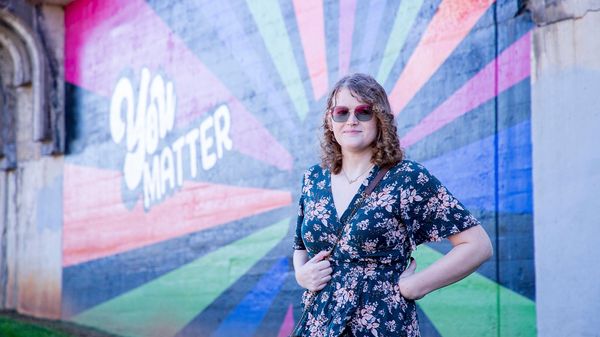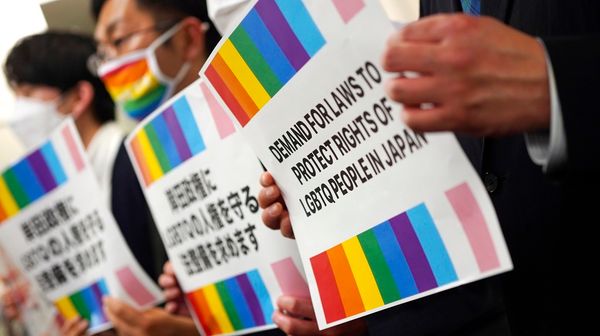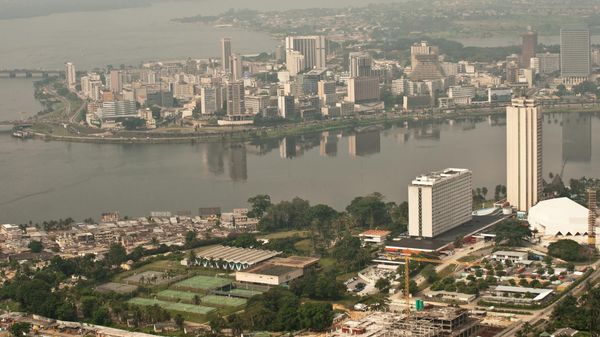
September 17, 2017
Milk Plaza Finalists Revealed
Tony Taylor READ TIME: 4 MIN.
Aiming to transform the most visible corner of the Castro, a design competition for a reimagined Harvey Milk Plaza has revealed three finalists for public feedback. People have until September 21 to view and comment on the proposals.
The plans for the public space, named after the slain city supervisor and gay rights icon, all honor Milk's struggle for LGBTQ civil rights, allow for gatherings of protests and celebrations, and consider the San Francisco Municipal Transportation Agency's new elevator and accessibility project.
"Our goal is for construction to begin sometime in 2020," said Andrea Aiello, executive director of the Castro/Upper Market Community Benefit District.
The CBD is working with the Friends of Harvey Milk Plaza, a Castro neighborhood organization, on the project and Aiello serves as president of that group.
A donation of $500,000 supports the design competition and subsequent plaza development, Aiello said in a news release. (The Bay Area Reporter reported in January that the money is from Lawrence Cushman, a gay man, and was put into a grant fund at the Horizons Foundation for the plaza's benefit.) An additional $10 million is required for full funding of design, construction, and maintenance of the plaza.
"We received an overwhelming response from talented design teams," said Jennifer Jones, executive director of American Institute of Architects San Francisco, which is working with the Friends group on the project.
Through a day-and-a-half process led by AIASF, three finalists were chosen out of 33 submissions. The initial seven-member jury included local architects, designers, and planners. A technical advisory jury was developed to ensure that the ultimate design be constructively possible. It was composed of staff from San Francisco Public Works, BART, the San Francisco Planning Department, SFMTA, and the San Francisco Arts Commission, Aiello said. (BART oversees the Castro Muni station's public plaza area.)
While each firm proposed unique designs, two themes emerged: illuminating light displays and space for political and social gatherings.
"Open, accessible and unencumbered ... this is a plaza for people," finalist Groundworks Office said of its proposal.
Groundworks' proposal shows complete reorganization of the Muni station, lifting the existing plaza toward street level.
With a westward facing staircase, the entrance to the Muni station frames Sutro Tower. A nighttime element marked by hundreds of LED lights within the cascading staircase would honor the candlelight vigil held on the day of Milk's assassination.
According to the Friends' site, North Beach's Kuth Ranieri Architects' design is defined by a ribbon of visual content that traverses the street, plaza, and pathways to Castro and Market streets.
"The contiguous ribbon of filmic content touches [the proposed] bus canopy, elevator enclosure, interpretive entry wall, and entry archway to the public transit," Kuth Ranieri Architects said of its proposal.
Embedded into the plaza pavement would be multiple pink triangles. An elevated cast glass triangular platform at the center of the plaza would serve as "a soapbox for future social political gatherings," the website reads.
Upon entering the Castro Muni station, the plaza's cast glass triangular platform would act as a skylight to the transit level below, casting a pink light triangle that quotes Milk: "Rights are won only by those who make their voices heard."
Along a widened Market Street sidewalk, a well-lit canopy bus stop offers direct access to the plaza's center via a staircase. At sundown, "the plaza is illuminated by a sprinkling of lights to create a safe night-life experience," the firm said in a statement.
Lastly, the third finalist is Perkins Eastman. With "sweeping skyline views," the Perkins Eastman design features a soapbox-like concept. The raised platform pointing toward Sutro Tower is composed in a series of "stages" for seeing, hearing, and watching. It meets a large, open plaza at the corner of Castro and Market streets.
According to a description on the website, the amphitheater's floor would show a series of inlaid bronze memorial thresholds, creating a timeline journey for visitors to experience Milk's achievements as they wind their way to the top.
Lighting elements would act as a permanent candlelight vigil.
"The candles themselves are an important fundraising opportunity for the new plaza," said Perkins Eastman, referring to the lights. "Donors can become part of the tribute to Harvey's legacy by purchasing a candle in the permanent vigil, engraved with their names and a quote."
Perkins Eastman also shifts the Muni station's entrance westward. The "field of candles" extends to the northwest and northeast corners, unifying nearby sites like Jane Warner Plaza and the F-Line streetcar turnaround.
The firm added that the new underground Muni station would host a video installation making it a "vivacious and spirited front door to the neighborhood."
Aiello said that money will need to be raised for the project.
"Active fundraising will begin once a decision is made on the firm," she said. "The fundraising plan focuses on large donors first. Anyone can donate now by going to [the Friends of Harvey Milk website]."
The bulk of community-based fundraising efforts will be later in the year.
In January, the Friends of Harvey Milk Plaza, in collaboration with SFMTA's accessibility and elevator improvement project, launched the design competition to reimagine Harvey Milk Plaza as a public gathering space that honors Milk and the LGBT civil rights movement.
"Two community meetings were held to kick-off this redesign effort," Aiello said in the release. "We took that input and folded it into the design brief and now we are asking the public, especially the Castro and the LGBT community, to respond."
To see the finalists and comment on them, visit https://neighborland.com/harveymilk. For more information or to donate to the fundraising effort, visit http://www.friendsofharveymilkplaza.org







